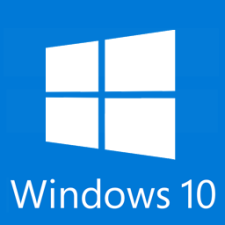 Following the let-down that was Windows 8, Microsoft is keen to impress – jumping right into Windows 10. Released on July 29th, Windows-based small businesses are clamoring to try out its impressive new features. Beware though, as being the first to dive in also leaves you open to the bugs associated with the initial release of any product. We will explain why you don’t need to rush into Windows 10 upon release.
Following the let-down that was Windows 8, Microsoft is keen to impress – jumping right into Windows 10. Released on July 29th, Windows-based small businesses are clamoring to try out its impressive new features. Beware though, as being the first to dive in also leaves you open to the bugs associated with the initial release of any product. We will explain why you don’t need to rush into Windows 10 upon release.
You can get it for free
They say the best things in life are free, and that might just be the case with Windows 10. Microsoft has kept its word about making its newest operating system free to access – at least if you’re currently running an authentic version of Windows 7 or 8.1, its two most recent releases. You’ll enjoy a free lifetime upgrade to Windows 10 provided you make the move within the next year and, better still, it’s an automatic upgrade directly from your existing Windows 7 or 8.1 interface.
It’s being launched in phases
Although the official release date was July 29, in reality Microsoft undertaking a phased launch. This means that Microsoft is making the new operating system available to desktop and laptop users first, and only later to mobile and other devices. What’s more, the firm already has its next move in the pipeline. Upgrade and update plans for Windows 10 are anticipated to be on the way in two phases, in June and October 2016.
It’s the last you’ll see of Windows
Microsoft has made no secret of the fact that it sees Windows 10 as the operating system’s final release. But that’s not quite as ultimate as it sounds – this is not really the end of Windows. Instead, what we’re seeing is the transition of Windows from a product to a service. Microsoft envisions a future where, instead of major new versions of Windows emerging every few years, there are regular improvements and updates – far beyond the Windows Updates that we know at the moment.
Some consumers have expressed fears that this could lead to home and business users being tied into a subscription model in order to stay up to date. Microsoft appears committed to ensuring that ongoing upgrades are free.
Because of this, we HIGHLY recommend that business users ignore the upgrade phase on it’s first cycle. We suggest waiting 6 months until all the major bugs and glitches have been worked out. This is because of software and hardware compatibility issues that have been present in every major release of a new version of Windows.
If you really love SNECS, please take some time to refer a friend to us!
